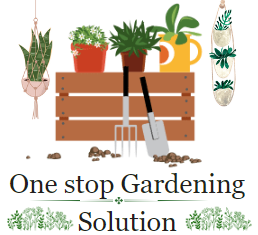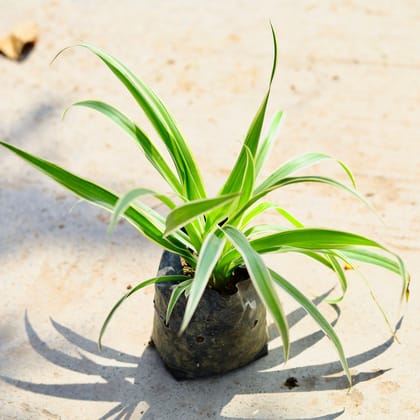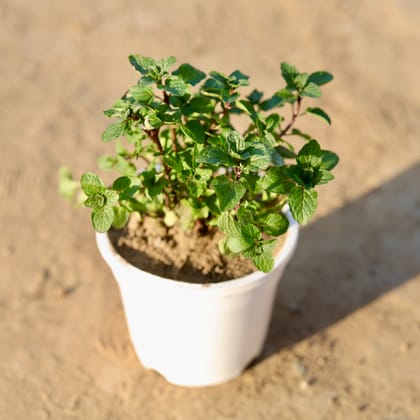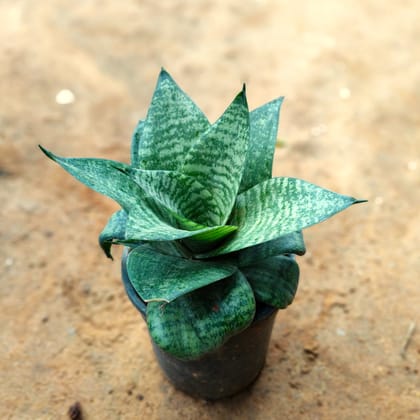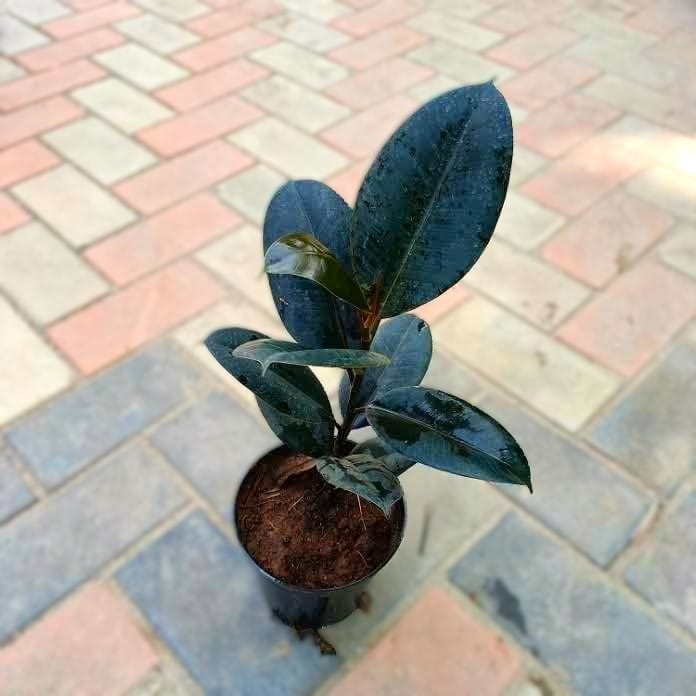
- Plants
- Plants
- Pots
- Pots
- Soil & More
- Soil & More
- Home Decor Plants
- Home Decor Plants
- Seeds
- Seeds
- Tools
- Tools
- Gifting
- Gifting
- Bulk Gifting
- Bulk Gifting
- Others
- Others
- Sale
- Sale
- Best Sellers
- Best Sellers
Urvann
Urvann is your one-stop online nursery for plants, planters, gardening accessories, and tools. Order fresh plants and get free home delivery on the next day!
EN63183dfbc63f961f5e6b3fab Rubber Black in 6 Inch Nursery Pot https://www.urvann.com/s/6176774ef575bbd2b3331c8a/6651d6a32152d9b7f677c56e/36-4-.jpg
The Rubber plant, also known as the ‘Ficus Elastica’, is a very popular indoor tree, known for its distinctive large, glossy leaves, which are elliptical in shape. It is an evergreen plant and very easy to take care of, even by new gardeners. The plant is an indoor plant and adds great aesthetical value to indoor spaces or gardens.
Benefits of Rubber Plant
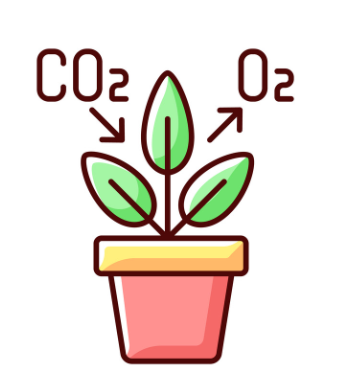 Air Purifier
Air Purifier
The Rubber plant is an excellent air purifier and removes toxic substances such as formaldehyde hanging in the air. This toxin accumulates in plywood furniture.
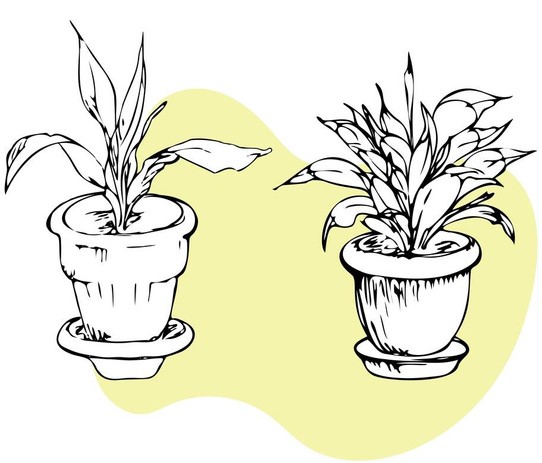 Decor
Decor
The Rubber plant is a living decor piece. The plant instantly becomes the focal point of any room setting.
 Low Maintenance
Low Maintenance
Rubber plants are very easy to grow. Place it in a well-ventilated, diffused sunlight area and the plant will thrive.
.
Care Tips For Rubber Plant
 Watering
Watering
Water the Rubber plant when the soil is completely dry. Since the plant is mostly placed indoors, it may take a few days for the soil to become completely dry. Water thoroughly using a spray for best results.
 Light
Light
Do not keep the Rubber plant in direct sunlight as it will burn its leaves. Keep the plant in a medium or filtered light. The best light to fall on this plant is from the late afternoon sun.
 Placement
Placement
Place the Rubber plant in the west direction, so the late afternoon sunlight falls on it.
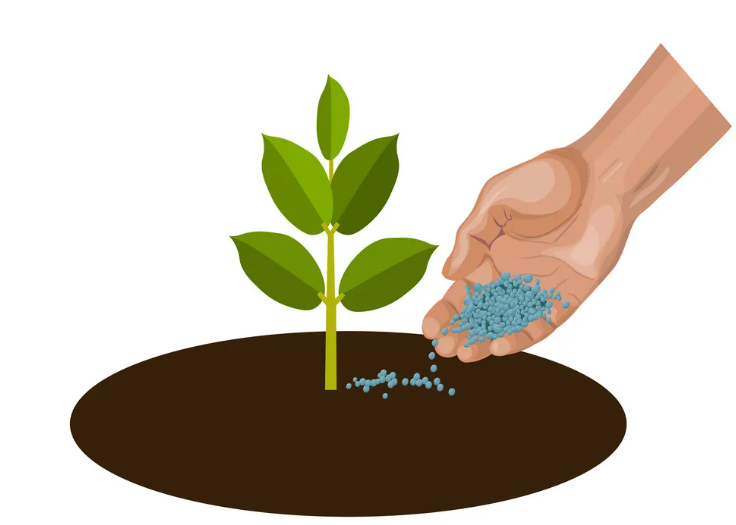 Fertilisation
Fertilisation
Add fertilizers such as vermicompost every 2 months to balance the nutritional needs of the Rubber plant. It must be noted that nutrients are lost with watering, so they must be replenished from time to time.
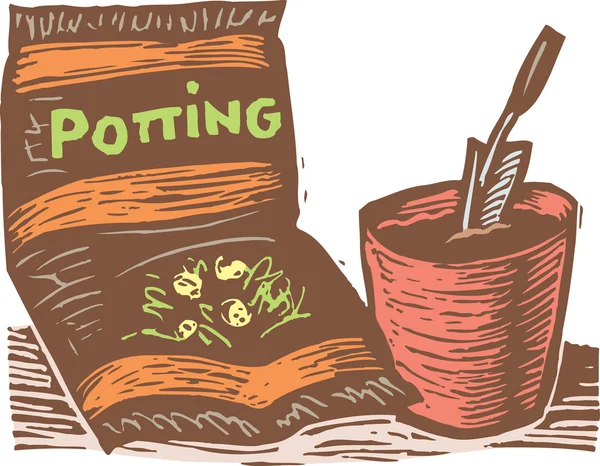 Ideal Soil Mix
Ideal Soil Mix
The Rubber plant is quite forgiving and does well with most soil mixes. The ideal soil mix for this plant is, Cocopeat (50%) + Garden Soil (30%) + Vermicompost (20%)
 Pruning
Pruning
Pruning the Rubber plant regularly will ensure that it has a bushier, healthier growth. The plant also grows faster when pruned.
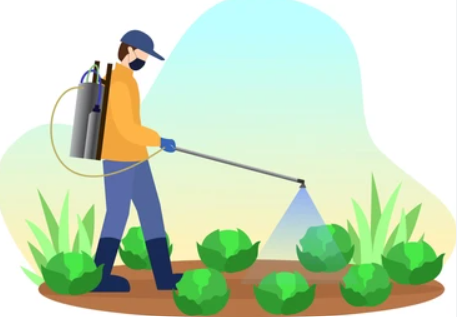 Pest Control
Pest Control
The rubber plant is less susceptible to pest attacks. However, spraying the plant with neem oil spray will be a good precautionary measure. Also, keep cleaning the dust off the plant’s leaves so that no pest growth can take place.
.
Frequently Asked Questions about Rubber Plant
1. Is Rubber Tree lucky?
Yes, Rubber plants are considered lucky to represent abundance, happiness and fortune, according to Feng Shui
2. Is the Rubber plant a good indoor plant?
Yes, the rubber plant is the perfect indoor plant and will enhance any space you put it in.
3. What is the botanical name of the Rubber plant?
The botanical name of the Rubber plant is Ficus Elastica. This is because the sap of the plant is used to make rubber.
4. Can we keep the Rubber plant in the bedroom?
Yes, the Rubber plant can be kept in your bedroom, as it is an excellent air-purifying plant.
5. Which is the best place to put a rubber plant?
The best place for a rubber plant to grow well is in the west direction, so that the last sunlight of the day falls on it, which is not too harsh.
6. Where can I buy Rubber plants?
Head over to Urvann, India’s favorite online nursery, and browse from their extensive collection of plants.
.
.
ABI0082Pin stockINR 179
80 4.9
Email ID already exists!
Your Current password is incorrect
Password Updated Successfully
Thanks for your Feedback
- Home
- Plants To Grow In Water
- Summer Plants
- Rubber Black in 6 Inch Nursery Pot
Rubber Black in 6 Inch Nursery Pot
₹179₹699 (74%OFF)
Sold By: ABI
Features
- Air- purifiers
- Low- maintenance
- Perfect indoor plants
- Glossy, large leaves
- Ornamental Plants
Description of product
The Rubber plant, also known as the ‘Ficus Elastica’, is a very popular indoor tree, known for its distinctive large, glossy leaves, which are elliptical in shape. It is an evergreen plant and very easy to take care of, even by new gardeners. The plant is an indoor plant and adds great aesthetical value to indoor spaces or gardens.
Benefits of Rubber Plant
 Air Purifier
Air Purifier
The Rubber plant is an excellent air purifier and removes toxic substances such as formaldehyde hanging in the air. This toxin accumulates in plywood furniture.
 Decor
Decor
The Rubber plant is a living decor piece. The plant instantly becomes the focal point of any room setting.
 Low Maintenance
Low Maintenance
Rubber plants are very easy to grow. Place it in a well-ventilated, diffused sunlight area and the plant will thrive.
.
Care Tips For Rubber Plant
 Watering
Watering
Water the Rubber plant when the soil is completely dry. Since the plant is mostly placed indoors, it may take a few days for the soil to become completely dry. Water thoroughly using a spray for best results.
 Light
Light
Do not keep the Rubber plant in direct sunlight as it will burn its leaves. Keep the plant in a medium or filtered light. The best light to fall on this plant is from the late afternoon sun.
 Placement
Placement
Place the Rubber plant in the west direction, so the late afternoon sunlight falls on it.
 Fertilisation
Fertilisation
Add fertilizers such as vermicompost every 2 months to balance the nutritional needs of the Rubber plant. It must be noted that nutrients are lost with watering, so they must be replenished from time to time.
 Ideal Soil Mix
Ideal Soil Mix
The Rubber plant is quite forgiving and does well with most soil mixes. The ideal soil mix for this plant is, Cocopeat (50%) + Garden Soil (30%) + Vermicompost (20%)
 Pruning
Pruning
Pruning the Rubber plant regularly will ensure that it has a bushier, healthier growth. The plant also grows faster when pruned.
 Pest Control
Pest Control
The rubber plant is less susceptible to pest attacks. However, spraying the plant with neem oil spray will be a good precautionary measure. Also, keep cleaning the dust off the plant’s leaves so that no pest growth can take place.
.
Frequently Asked Questions about Rubber Plant
1. Is Rubber Tree lucky?
Yes, Rubber plants are considered lucky to represent abundance, happiness and fortune, according to Feng Shui
2. Is the Rubber plant a good indoor plant?
Yes, the rubber plant is the perfect indoor plant and will enhance any space you put it in.
3. What is the botanical name of the Rubber plant?
The botanical name of the Rubber plant is Ficus Elastica. This is because the sap of the plant is used to make rubber.
4. Can we keep the Rubber plant in the bedroom?
Yes, the Rubber plant can be kept in your bedroom, as it is an excellent air-purifying plant.
5. Which is the best place to put a rubber plant?
The best place for a rubber plant to grow well is in the west direction, so that the last sunlight of the day falls on it, which is not too harsh.
6. Where can I buy Rubber plants?
Head over to Urvann, India’s favorite online nursery, and browse from their extensive collection of plants.
.
.
Related products
User reviews
80 Reviews
I loved all the products.Mar 13, 2025 8:03:22 AM
I loved all the products.Mar 11, 2025 9:37:40 AM
I loved all the products.Jan 27, 2025 8:11:06 AM
I loved all the products.Jan 27, 2025 8:10:48 AM
I loved all the products.Jan 27, 2025 7:54:47 AM
I loved all the products.Jan 27, 2025 7:48:21 AM
I loved all the products.Jan 27, 2025 7:47:17 AM
I loved all the products.Jan 27, 2025 7:28:28 AM
I loved all the products.Jan 22, 2025 12:02:10 PM
I loved all the products.Jan 22, 2025 11:56:25 AM
Urvann is your one-stop online nursery for plants, planters, gardening accessories, and tools. Order fresh plants and get free home delivery on the next day!
Information
Major Categories
Gifting
Offers under 99
Offers Under 199
Plants
- Indoor Plants
- Low Maintenance Plants
- Flowering Plants
- Outdoor Foliage Plants
- Religious & Sacred Plants
- Air Purifying Plants
- Cactus & Succulents
- Good Luck Plants
- Plants by Location
- Plants of the Month
- Herbs-Medicinal & Vegetable Plants
- Fruit Plants
- Monsoon Plants
- Hanging Plants
- Potted Plants
- Bonsai Plants
- Special Plant Combos
- Bamboo Plant
- Pet Friendly Plants
- Plants to grow in Water
- Mosquito Repellent Plants
- Climbers & Creepers
Gardening Tools & Equipments
Soil & Fertilizers
Membership & Gift Cards
ADDRESS
Urvann India Private Limited
E-176
Delhi
Delhi 110060
IN
NEWSLETTER
Subscribe to get Email Updates!
Thanks for subscribe.
Your response has been recorded.
India's Number 1 Choice for Plants | Urvann India Private Limited


